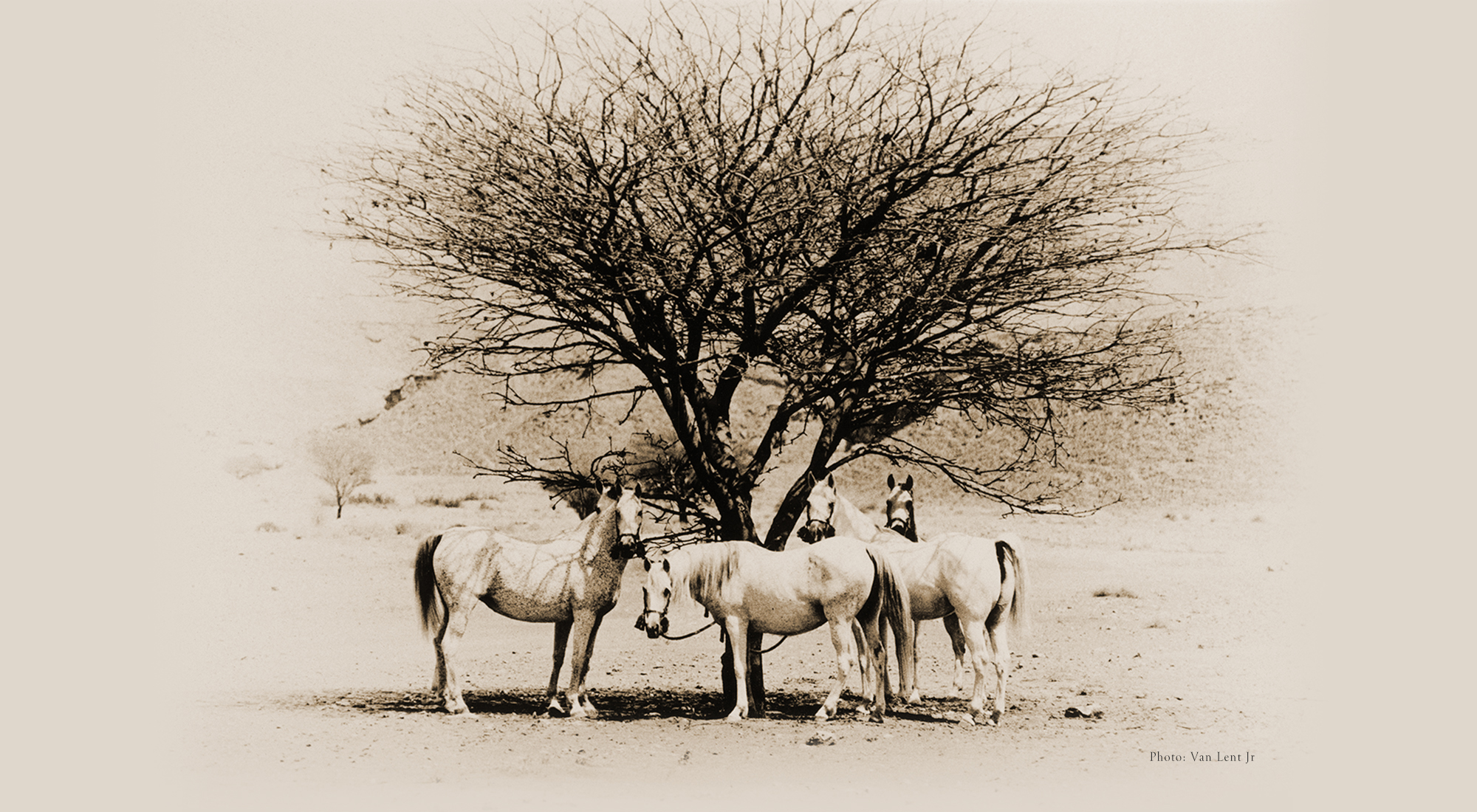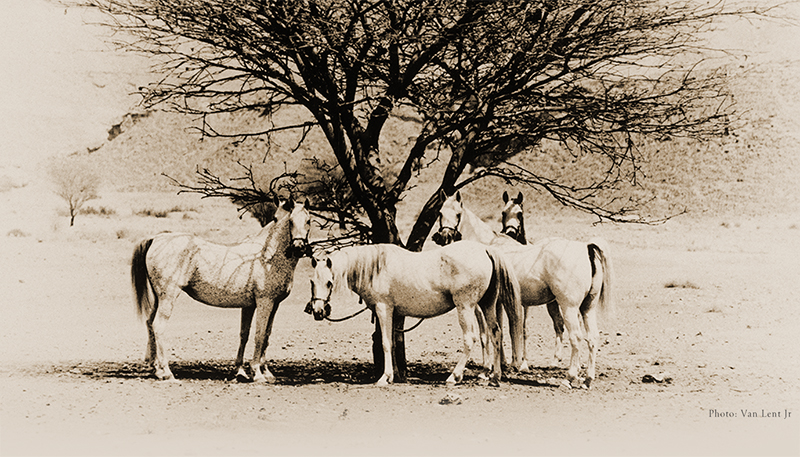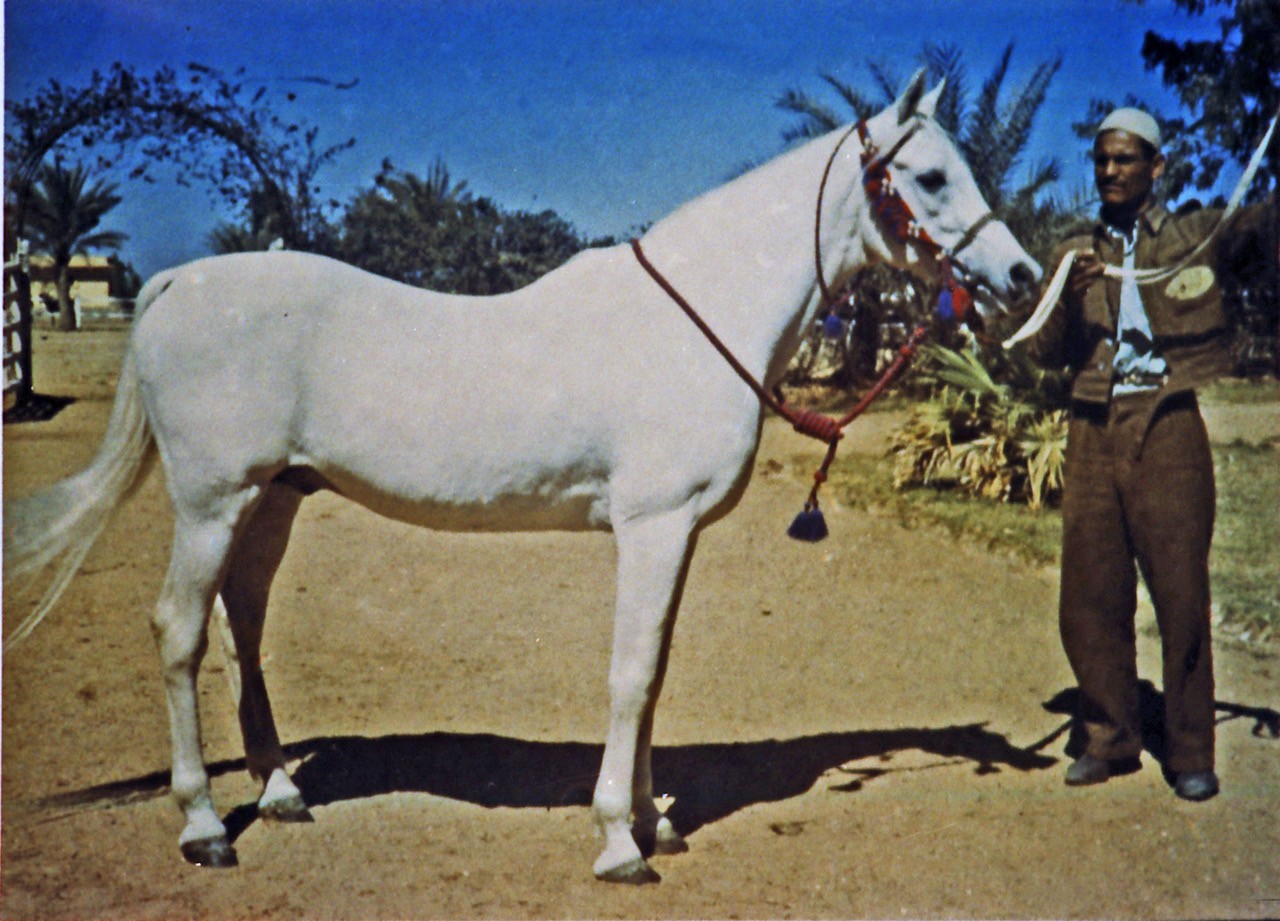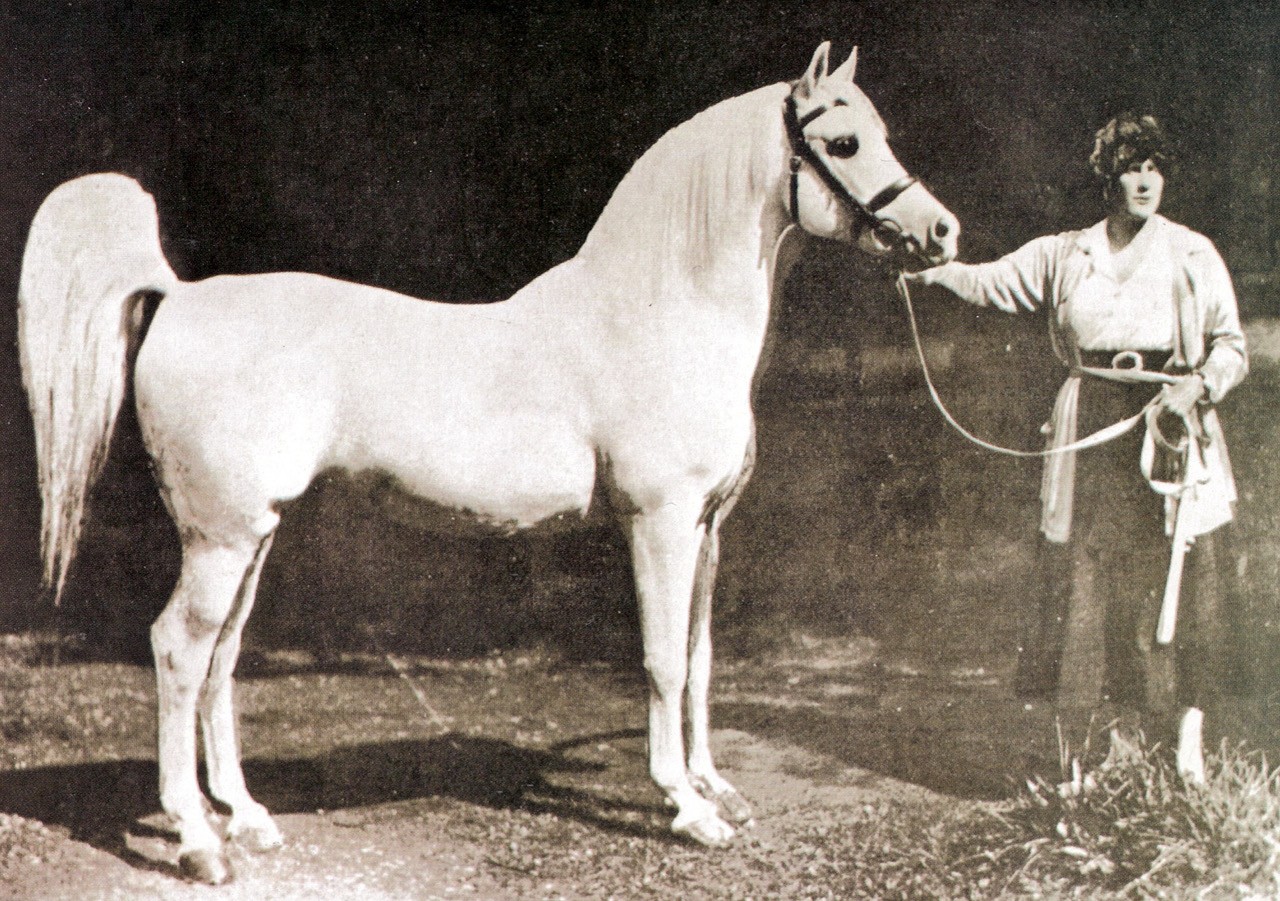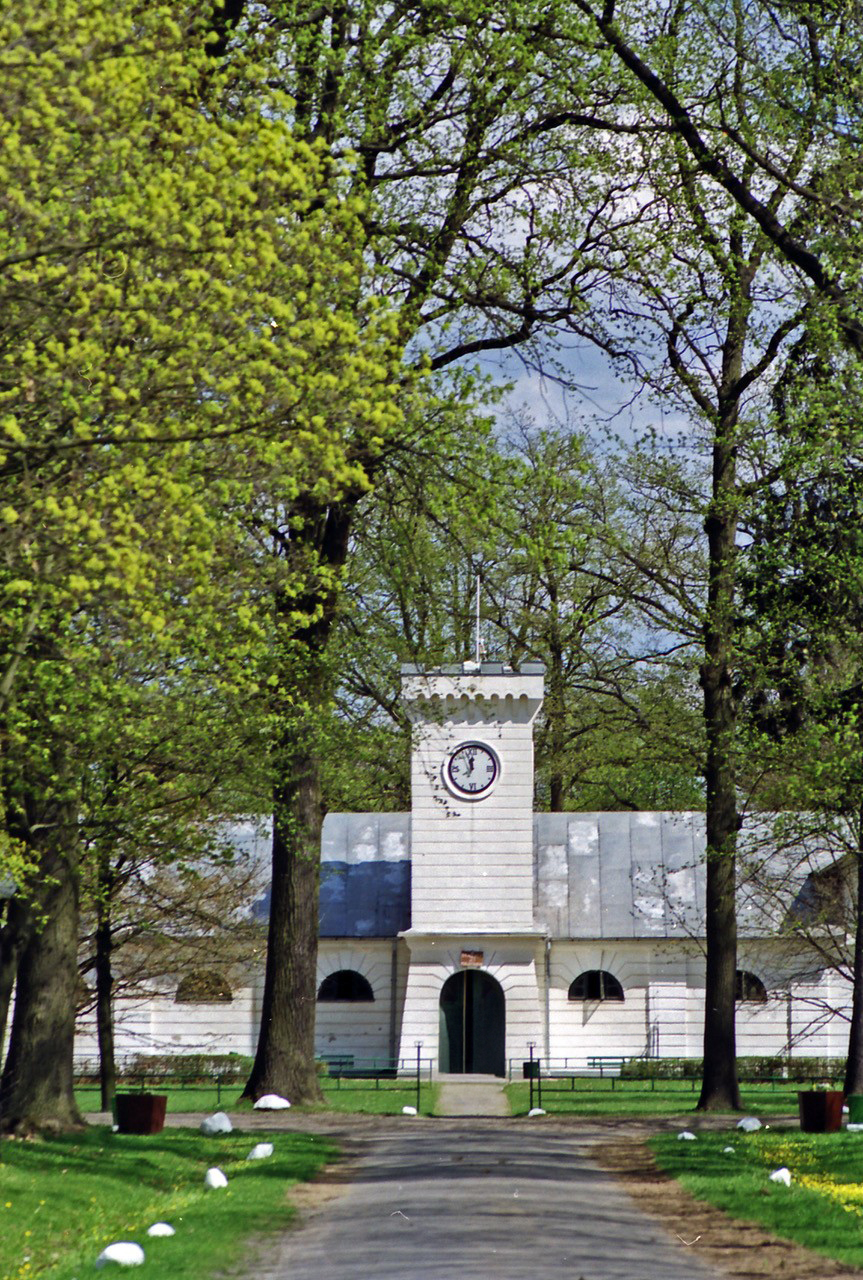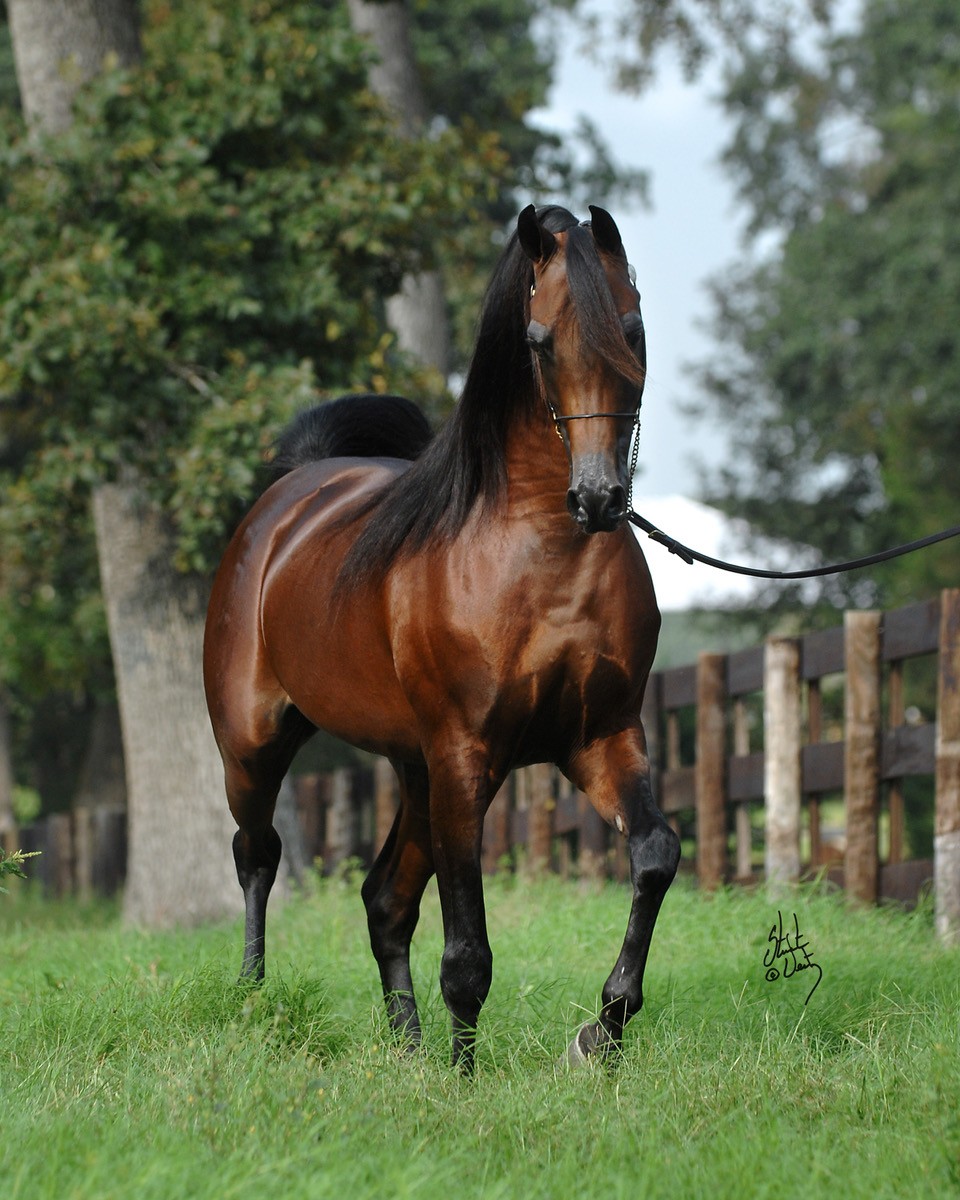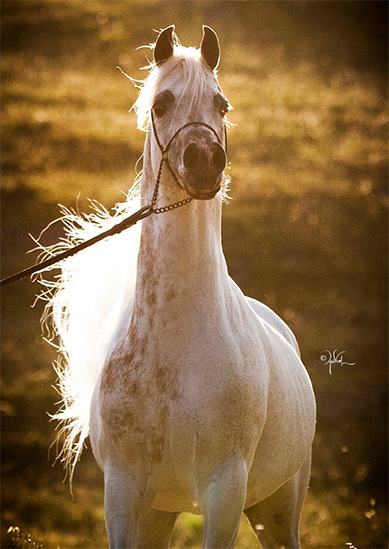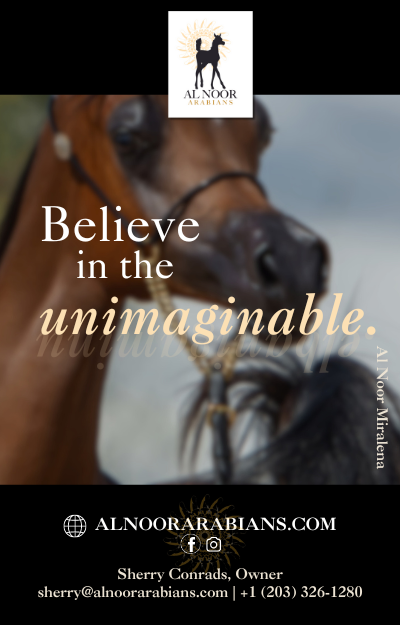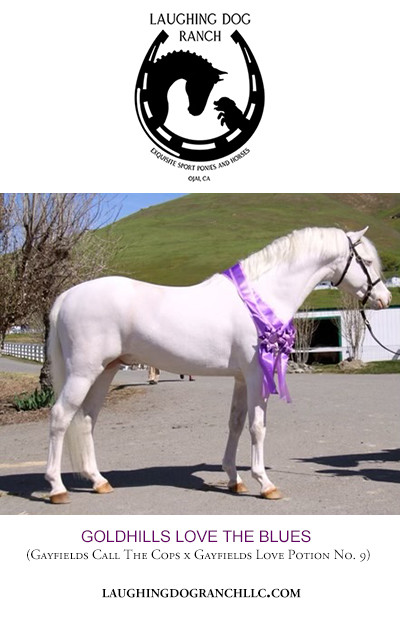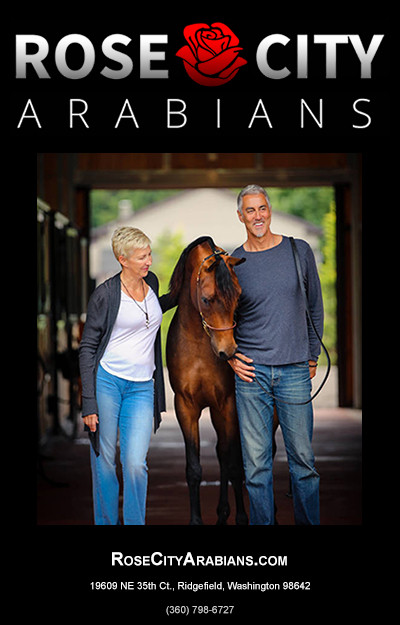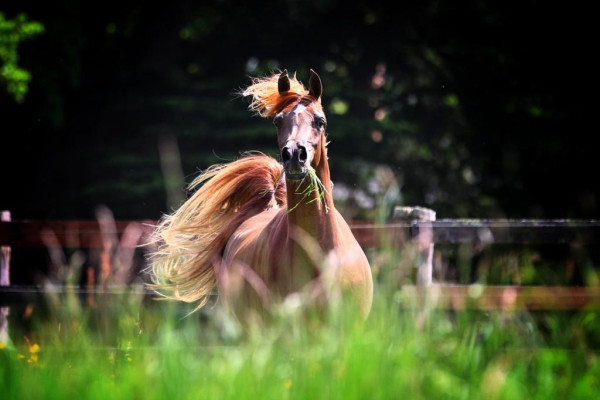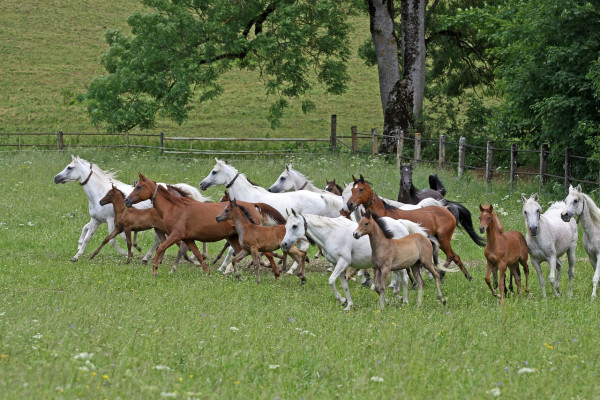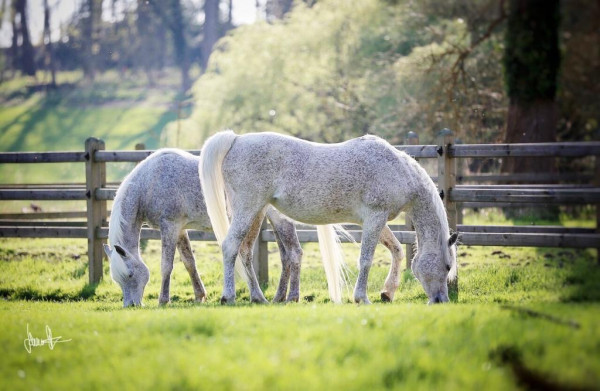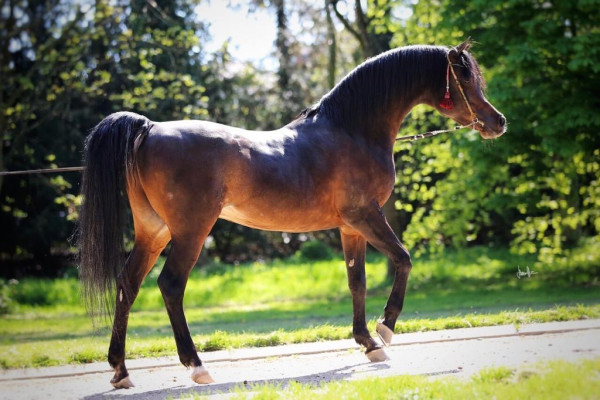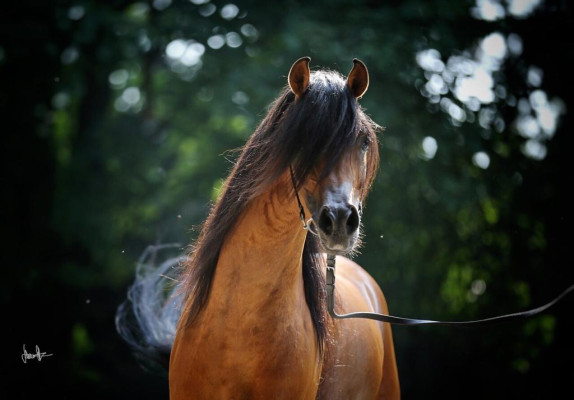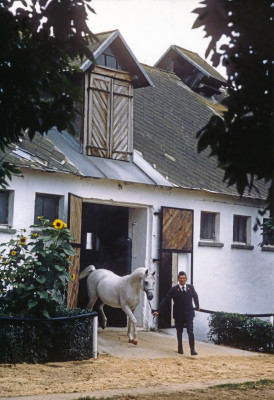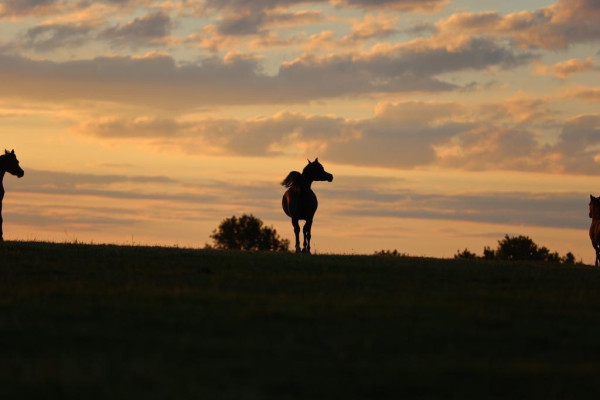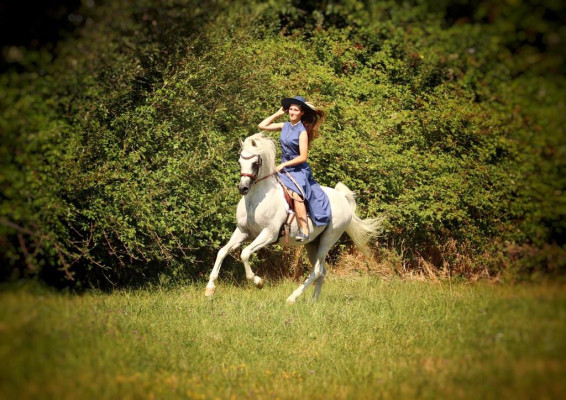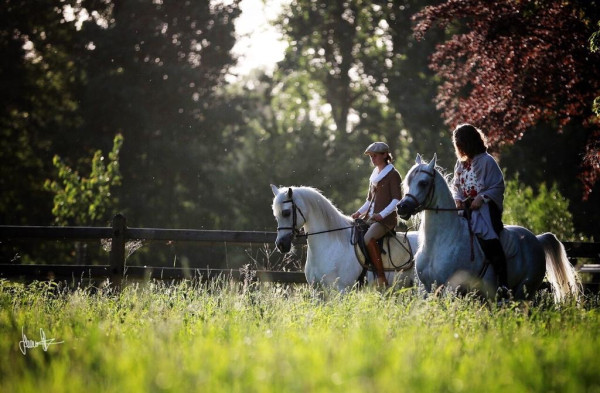As Time Goes By,
by Betty Finke
It is hard to believe it is January 2025 as I write this. The turn of the millennium seems to have been only a short while ago, and suddenly the first quarter of the new century is already done. Time flies, especially as you grow older. Some of you who read this might never have known the 20th century at all.
Whatever expectations us 20th-century folks may have had for the new millennium, it has fallen woefully short so far. Wherever we may be, we live in difficult and uncertain times. All the more reason to cherish those things that give us joy, and for many of us, that includes Arabian horses.
Let’s take a short trip back in time, to see what was happening in the world of Arabian horses a hundred years ago.
"…anything that brings joy and beauty and unites people from all countries and beliefs in one purpose and passion, should be cherished and nurtured."
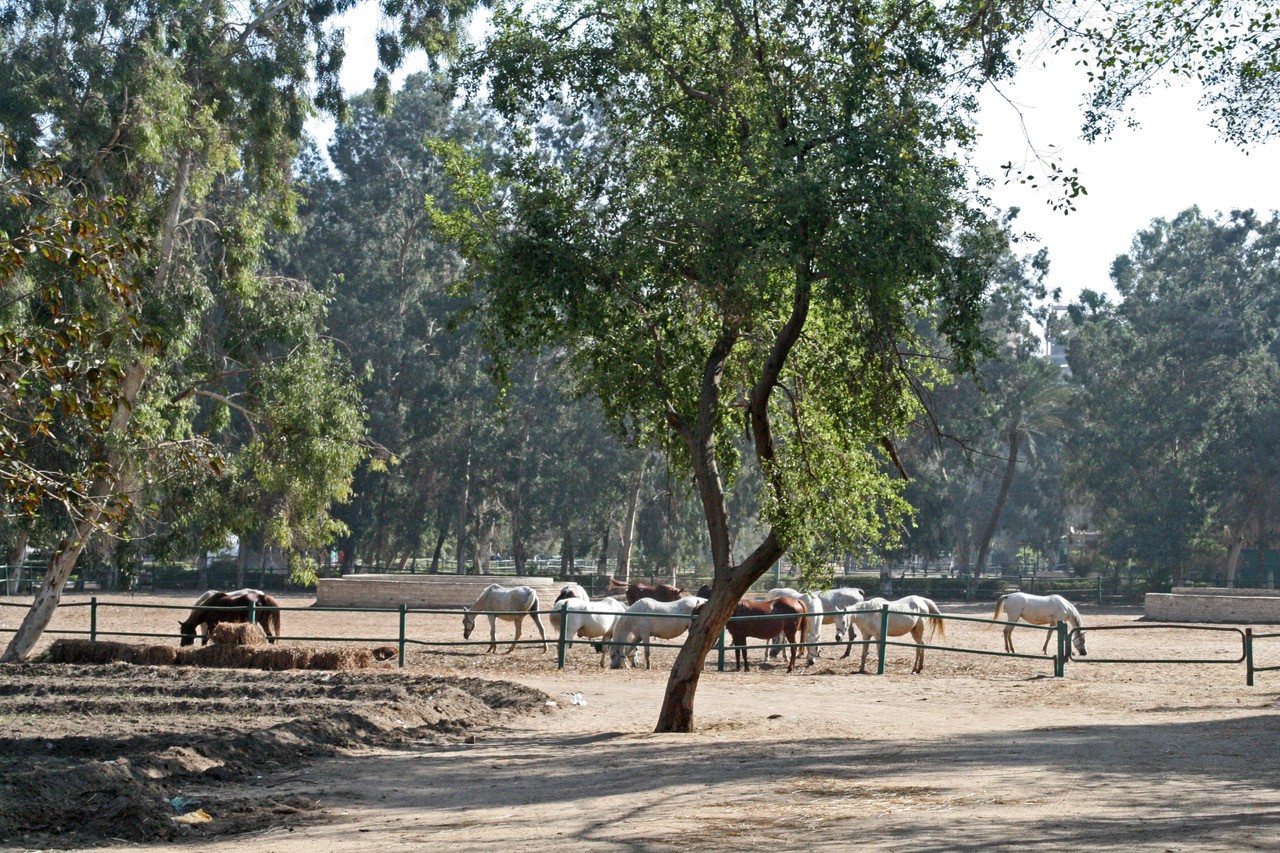 The Egyptian Agricultural Organization — El Zahraa State Stud; Cairo, Egypt.
The Egyptian Agricultural Organization — El Zahraa State Stud; Cairo, Egypt.
In the Arabian countries, horse breeding no longer played the role it once had. It was going strong in Egypt, though, which had established its National Stud (then known as Kafr Farouk) a decade earlier. In 1925, two very important bay fillies were born there: Bint Samiha and Bint Sabah. Both were daughters of the stallion Kazmeen, who had been imported from Crabbet Park in 1920. In due course, Bint Samiha would produce a colt named Nazeer, destined to become the most influential Arabian stallion of the 20th century. It is hard to find Arabians today that don’t descend from him, and his sire line has now become the biggest in the whole world. Ali Jamaal, Gazal Al Shaqab, WH Justice, Ansata Halim Shah – they all descend from Nazeer in direct male line. As for Bint Sabah, she produced another important sire, Sheikh El Arab, and a filly named Bukra who would found one of the most important and popular branches of this family.
In Britain, the Crabbet Arabian Stud (where those two fillies’ sire had been born) was going strong under Lady Wentworth. Five years earlier, she had purchased the Polish stallion Skowronek, a key stallion in international Arabian breeding. Skowronek’s 1925 foal crop included the fillies Incoronata (exported to the USA) and Reyna (exported to Spain), still found in modern pedigrees, and the colt Naziri. Although Naziri died young, his line survives today through the stallion *Carmargue, also found in modern pedigrees, as well as through the Polish sire Ekstern.
"For Arabian breeding in the USA, 1925 was a crucial year…"
Meanwhile, in Poland the great breeding farms of the Polish aristocracy had not survived World War I. The newly defined Republic of Poland (established in 1918) opened the first Polish state stud at Janow Podlaski in 1919. While no Polish horses of note were foaled in 1925, this was an important period in establishing the breeding programs of what would later become the world famous Polish state studs. The foundation was laid in the 1920s with surviving horses from the private breeding farms and additional imports from the studs of the Austrian-Hungarian monarchy.
Arabian breeding was in a state of transition in Germany, as well. The breeding program begun by King Wilhelm I of Württemberg in 1817, already more than a century old, had been greatly reduced, but was still being continued on a small scale by his great-granddaughter Princess Pauline. It would rise to prominence once more many years later, after the princess bequeathed the remaining herd to the state of Württemberg and its state stud at Marbach, where it continues to the present day. It was the birthplace of *Sanacht, whose dynasty continues in the USA.
For Arabian breeding in the USA, 1925 was a crucial year: it was the year W. K. Kellogg founded the Kellogg Arabian Ranch, which played a key role in the development of U.S. Arabian breeding. At the Kellogg Ranch, the best horses of several well-established sources – Crabbet, Maynesboro, Davenport – came together to create the true foundation of American breeding. All of today’s great international sires stand firmly on this foundation, which was established exactly one hundred years ago. Unless they’re straight Egyptian or pure Polish, they all go back to the Kellogg Ranch.
"All of today’s great international sires stand firmly on this foundation, which was established exactly one hundred years ago."
So here we are, one hundred years later, and we’re still seeing that history unfold. The straight Egyptians of the Royal Agricultural Society (and later Egyptian Agricultural Organization), the lines of Crabbet Park, of the Polish state studs, of Weil-Marbach and of the Kellogg Ranch are all still with us, they are still growing and they still continue. Without them, we would not have the horses we have today.
Let us never forget to acknowledge that heritage, and let us cherish what it has given us, because anything that brings joy and beauty into this troubled world and unites people from all countries and beliefs in one purpose and passion, should be cherished and nurtured. And as we are grateful to the breeders of the past who left us this heritage, in another hundred years from now, others may thank us for keeping it alive.


